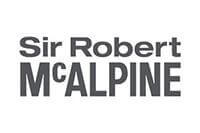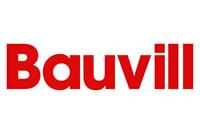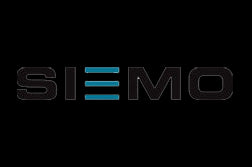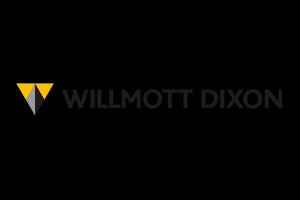Mould is a common problem in many homes, and it can be a serious health hazard if not dealt with properly. In this blog post, we will discuss how to identify and address mould in domestic homes and private rental sectors. We will also introduce some solutions that can help you tackle the issue.
Identifying Mould
 Mould is a type of fungus that grows in damp and humid conditions. It can grow on walls, ceilings, floors, and other surfaces. Mould can cause a variety of health problems, including respiratory issues, allergies, and infections. It is important to identify mould as soon as possible so that you can take action to remove it.
Mould is a type of fungus that grows in damp and humid conditions. It can grow on walls, ceilings, floors, and other surfaces. Mould can cause a variety of health problems, including respiratory issues, allergies, and infections. It is important to identify mould as soon as possible so that you can take action to remove it.
Addressing Mould in Domestic Homes
If you have mould in your home, there are several steps you can take to address the issue.
First, you should identify the source of the moisture that is causing the mould to grow.
This could be due to a leaky roof, a broken pipe, or poor ventilation.
Once you have identified the source of the moisture, you should take steps to fix the problem. This may involve repairing the roof, fixing the pipe, or installing a ventilation system.
Next, you should remove the mould from your home.
This can be done using a variety of methods, including bleach, vinegar, or commercial mould removal products.
Be sure to follow the instructions on the product carefully, and wear protective gear such as gloves and a mask.
Finally, you should take steps to prevent mould from growing in the future.
This may involve installing a dehumidifier, improving ventilation, or using anti-mould paint.
Addressing Mould in Private Rental Sectors
New provisions in the Landlord and Tenant Act 1985 - added by the Homes (Fitness for Human Habitation) Act 2018 mean that if you are a UK landlord, it is your legal responsibility to ensure that your rental properties are free from mould, regardless of its cause - whether that's from condensation, or penetrating/rising damp.
You should take steps to identify and address mould as soon as possible, or you could risk your tenants taking legal action against you.
One way to prevent mould from growing is to install a dehumidifier in your rental property. This will help to reduce the humidity levels in the property, which can help to prevent mould growth. You should also ensure that your rental property has adequate ventilation, and that any leaks or other sources of moisture are fixed promptly.
Solutions to Address Mould
At Dust Arrest, we offer a range of air purifiers and dehumidifiers that can help you tackle the issue of mould in your home or rental property. Our products are designed to remove excess moisture from the air, which can help to prevent mould growth. They are also effective at removing allergens and other pollutants from the air, which can help to improve indoor air quality.
Our air purifiers include the following models:



Our dehumidifiers include the following models:



 Air purifiers and dehumidifiers are both helpful in dealing with mould and preventing it from coming back.
Air purifiers and dehumidifiers are both helpful in dealing with mould and preventing it from coming back.
Air purifiers work by removing allergens and other pollutants from the air, which can help to improve indoor air quality.
Dehumidifiers work by removing excess moisture from the air, which can help to prevent mould growth.
By using both air purifiers and dehumidifiers, you can create a healthy and comfortable living environment.
We hope that this article has been helpful in addressing the issue of mould in domestic homes and private rental sectors. If you have any questions or concerns, please do not hesitate to contact us.














